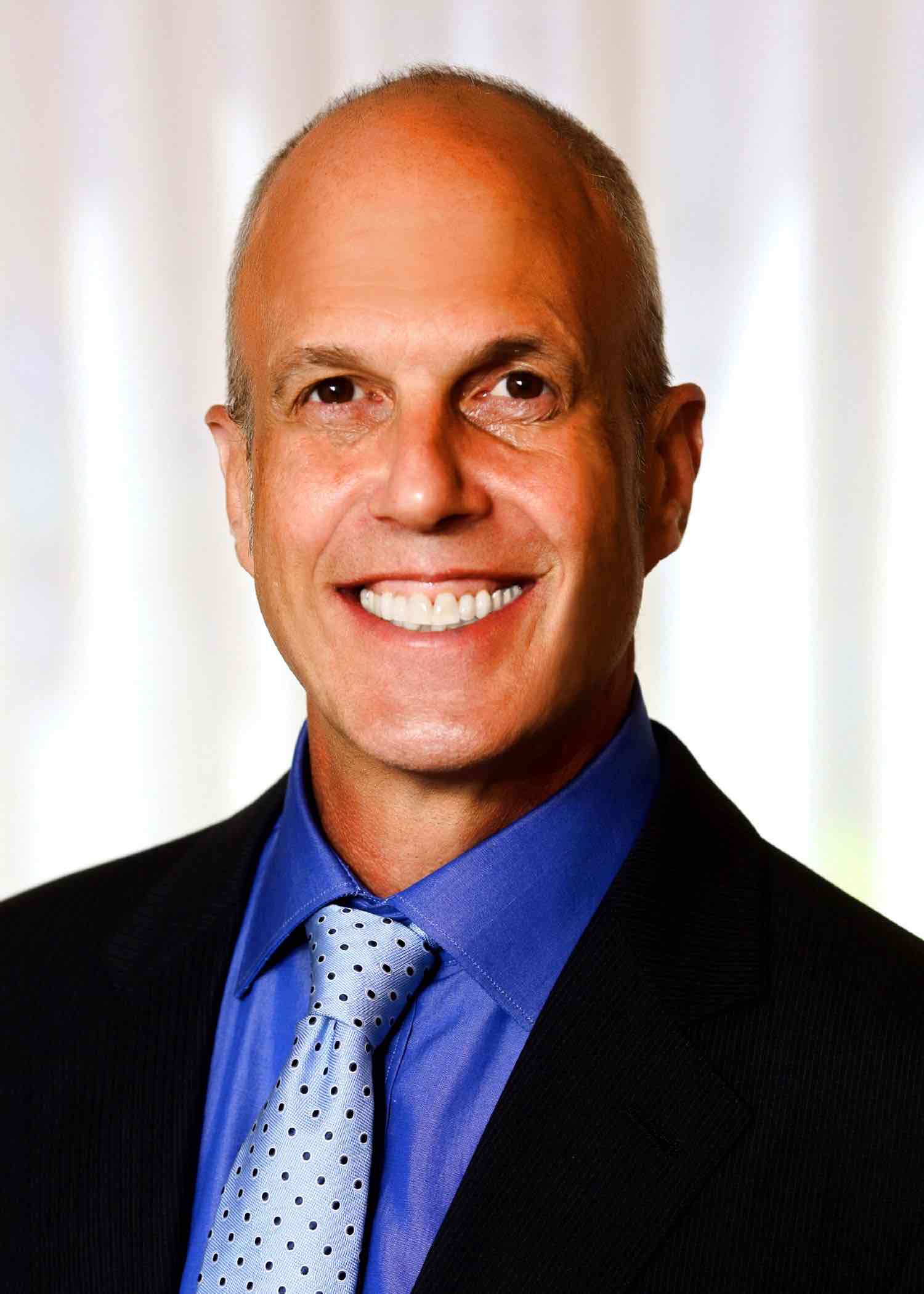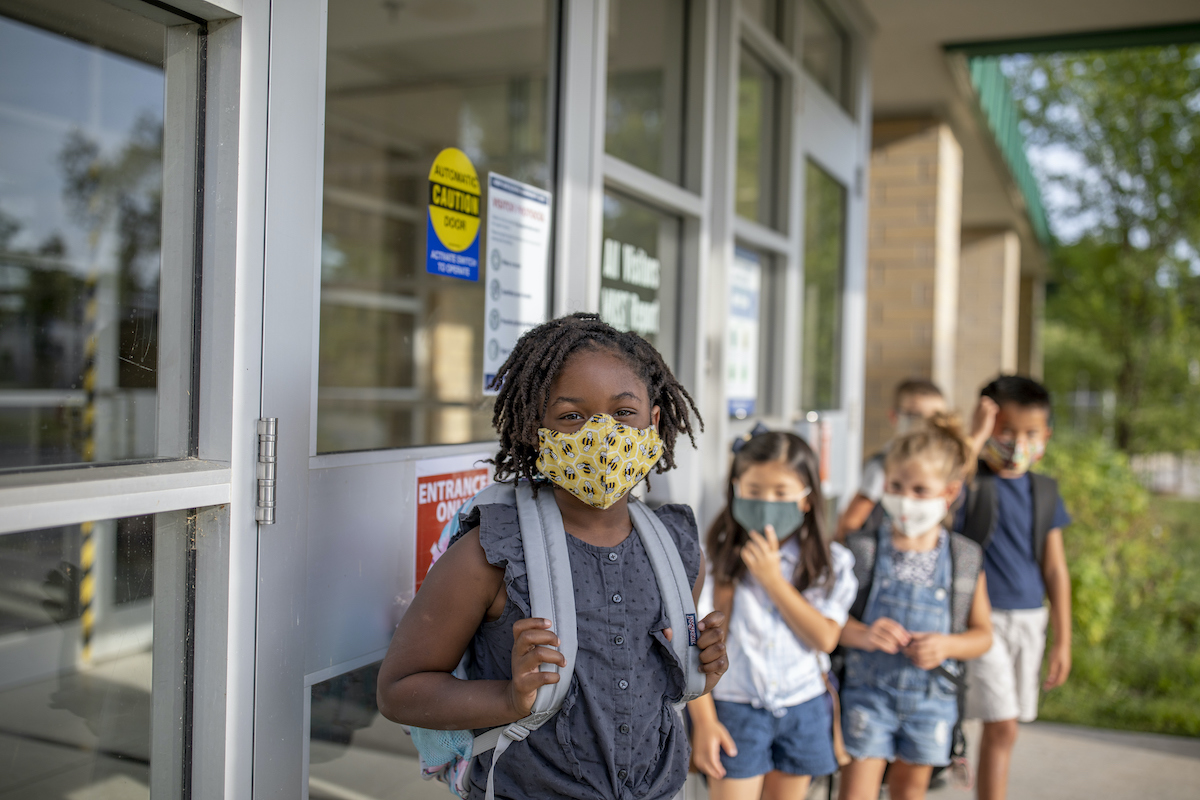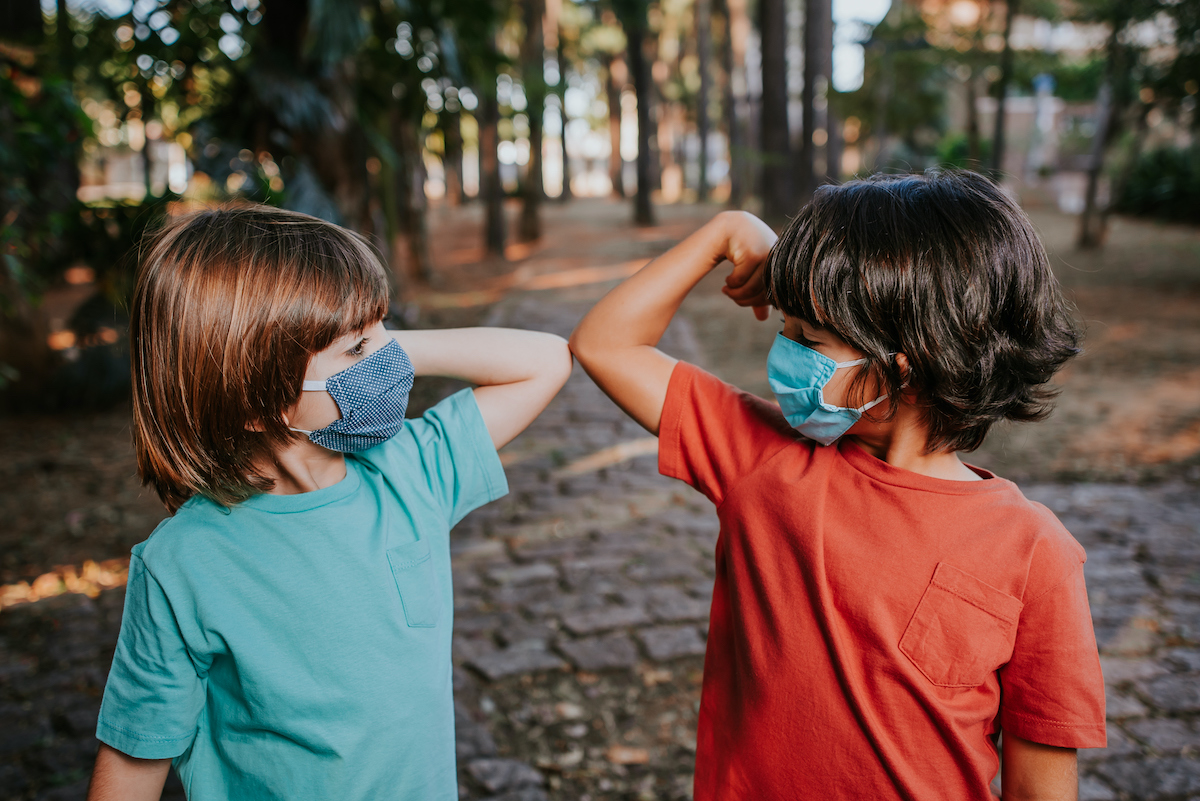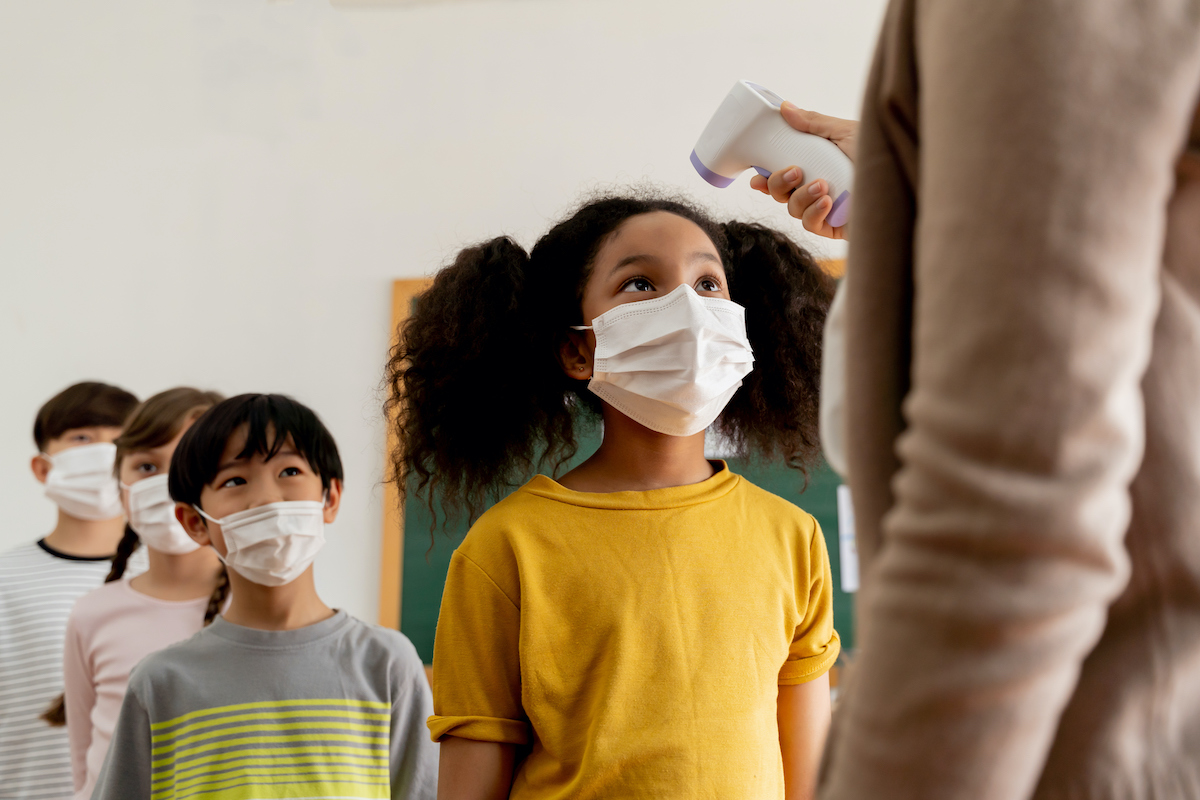As K-12 schools re-open in another year of challenges and uncertainty, policy discussions on masking, social distancing and more make it more clear than ever: education and health are inherently intertwined. Schools must now contemplate their path forward in a world perhaps forever changed by Covid, TC’s Charles Basch recently told the New York Times in an interview with Jane Brody. As Brody writes, health education experts like Basch see now as the opportunity “to devote more resources to [children’s] often-limited access to needed health services.” In a question-and-answer segment with Basch, the College’s Richard March Hoe Professor of Health and Education, we further discussed this critical moment for supporting student health in schools.
Educators and community leaders, including numerous TC faculty, have called for this moment to serve as an opportunity to “reimagine” what schools look like. How should school health services play a role?
Charles Basch (CB): School health services can play a role in helping youth succeed academically and in life by addressing health barriers to learning such as poor vision, poorly controlled asthma, unintended pregnancy, ADHD, oral health problems, and mental-emotional well-being. These (and other) health problems interfere with students’ motivation and ability to learn by undermining their attention and thinking skills, reducing engagement and connectedness, increasing absenteeism, and, collectively, reducing the chances for youth to thrive and realize their potential. In too many cases, health services may not be available or accessible to youth in community settings.
It is, therefore, sensible to explore ways to bring health services to youth where they are, namely in school. In addition to health services, students need social and emotional support, good quality school food and daily physical activity, opportunities to learn and practice pro-social life skills, and a culture in schools that help youth feel that school is a place where they want to be, where they can find inspiration, express creativity, develop enthusiasm, and develop aspirations for how they will contribute to their community. Another important aspect of reimagining education is a health education curriculum that addresses the long-standing injustice, including institutional racism, and social determinants that have caused many of the problems confronting youth. Now is a long overdue time to embrace our commonalities and celebrate our diversity as a great strength within schools and communities as we strive for greater social justice.

Charles Basch, Richard March Hoe Professor of Health and Education. (Photo: TC Archives)
You recently told the New York Times that advocates and policy leaders often focus on singular issues (like free meals for students), but rarely look at more comprehensive health services. What do you credit this pattern to?
CB: This pattern of narrowly defined approaches is attributable to a reductionist paradigm that dominates funding, research, policy and practice, as well as professional preparation. It’s clear that funding for programs is generally categorical—hunger and food insecurity, bullying, physical activity, vision, asthma, mental health, among other well-meaning and important efforts. As I wrote in my 2010 book, Healthier Students Are Better Learners: “In effectively coordinated school health efforts, different groups of people playing different roles are working toward the same goals. While programs and policies may be funded from different sources (e.g., agriculture, education, justice), and planned and implemented in ways that address the individual health priorities, these individual efforts should be conceptualized within the context of a larger school health mission established by schools or districts.” (Basch, 2010). Many students are affected by multiple health barriers to learning, which is why a successful model must address a set of problems simultaneously that is most relevant in a given school and community.

(Photo: iStock)
Right now, school officials’ health focus is understandably on how to reduce the risk of Covid spreading in schools. Is the pandemic ushering in a new era for how we can think about public health considerations in schools? What issues are currently being overlooked, and should receive more attention and resource investment?
CB: COVID-19 has exacerbated health and educational disparities that have existed for generations. We may be in a new era for how we can think about public health considerations in schools due to emerging infectious diseases, climate change, demographic trends, technology, changes in education and the economy, and increased recognition and action to reduce poverty caused by social determinants. To the extent that schools are expected to prepare youth to be engaged in democratic society, they will need to have different goals, be staffed by different personnel, and embrace student (and teacher) health and well-being as central to their fundamental mission. Both education and public health should be grounded in listening and trying to understand the thoughts and feelings of people we serve. In this way we will discover the issues being overlooked in different schools and communities.
The COVID-19 pandemic has underscored the need for youth (and adults) to have higher levels of health literacy. The pandemic has been accompanied by an infodemic in which misinformation and disinformation has been widely disseminated and increased public confusion about what to believe and what to do. Given the emergence of social media as a dominant source of health information, youth need skills to evaluate the credibility of information sources and messaging. Students would benefit from understanding basic principles of epidemiology, and the ways science and politics intersect to create public policy. They also need greater understanding about social determinants of health and ways to advocate for changing these determinants.

(Photo: iStock)
Your philosophy on how to best serve student health in the U.S. advocates for integrating more resources directly in schools. What can we learn about these kinds of models from school systems abroad?
CB: Most schools are already devoting resources to student health. But in too many cases, these efforts are not strategically planned to reduce health barriers to learning, do not rely on evidence-based approaches, and are not effectively coordinated to maximize linkages between various efforts. It's not reasonable to expect that teachers and schools alone can address all of the conditions that cause health and educational disparities. But promising approaches, which rely on partnerships with local anchor institutions, exist and have helped youth succeed in school and in life. What is needed now is political will within schools, government agencies, and anchor institutions to make a long-term commitment to change.
What we can learn from global efforts is that there is no one size fits all model. What is most appropriate depends on the local context. For example, in low resource countries efforts aimed at improving sanitation may be a high priority while in high resource countries efforts to prevent chronic disease through daily physical activity and dietary changes may take precedence. Some efforts such as vaccinations are universally applicable. Successful efforts rely on public-private partnerships within communities, involvement of stakeholders (e.g., parents, students, teachers), long-term sustainable funding, pre- and in-serve preparation for teachers and school staff, and ongoing evaluation aimed at improvement.
It should be recognized that the U.S. is a very different social and political context than most other countries, not only because of our rich ethnic and cultural diversity, but because school funding and control of policies and curricula rests largely with states and local communities versus the federal government. While we can learn a great deal from successful efforts abroad, there is very promising evidence for an approach being implemented in the U.S. for over 35 years. Unlike categorical approaches, this model has a much more comprehensive approach, and has realistic expectations about the level of investment over a long time period that will be needed to achieve substantive progress.
